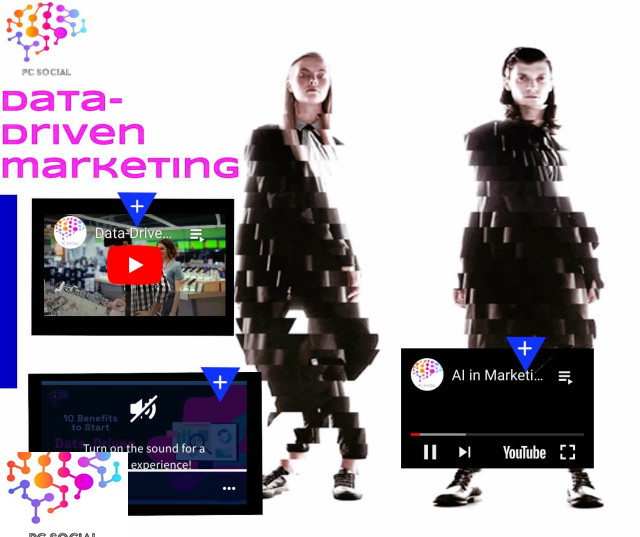In 2022, we’re seeing more brands embracing data-driven marketing strategies. But before you dive headfirst into the data pool, here’s some basic information you’ll need to know about data-driven marketing.
1. Data Is Everywhere
You probably already know that data is everywhere. We live in a world of big data; billions of pieces of information are gathered every day. And when marketers talk about data-driven marketing, they mean taking advantage of all the information.
But where does all this data come from? How can you make sense of it?
2. What Exactly Is Big Data?
Big data is simply large amounts of structured, semi-structured, and unstructured data. You may have heard the term used to describe massive datasets such as Twitter feeds, product reviews, and customer feedback. These are examples of structured data.
Unstructured data, such as text documents, web pages, images, audio files, videos, and so on, is typically called “unstructured data.” Unstructured data is much harder to analyze than structured data — but it’s also mighty!
3. Why Do Brands Use Data?
Most brands understand the power of data. They know that consumers respond best to content that aligns with their interests. Marketers leverage data to find out what customers really care about, and then serve them relevant messages.
So, why do brands use data? Here are just a few reasons:
• To target specific audiences based on their demographics and behaviors
• To predict consumer behavior trends
• To develop customized products
• To drive sales growth
4. Where Does All the Data Come From?
Now that you know what data is, where does it come from? Think back to the last time you bought something online or visited a website. Chances are you filled out surveys or answered questions about yourself.
These types of interactions create valuable data for companies to collect and analyze. Other sources include social media posts, location data, mobile device data, and even your shopping history.
5. How Can I Start Using Data?
Once you’ve got a handle on how data works, you might be thinking, “OK, great, now what?” Well, there are many ways you can start using data. For example, you could:
- Analyze customer behavior patterns
- Build predictive models
- Improve site design
- Personalize ads
- Develop new products
- Measure results
In addition, data analytics tools like Tableau offer interactive dashboards that allow you to explore and visualize data.
Below is a great knowledge board about Data-Driven Marketing. In it, you will learn about Data-Driven Marketing Benefits, Strategies, and how to implement a Data-Driven Strategy.
Data Drives Marketing Scenarios
As a marketer, you’re going to want to use data in several ways. Let’s look at two scenarios that show you how you can leverage data.
Scenario 1: Targeting Specific Audiences Based on Demographics and Behaviors
Say you run a local business selling custom t-shirts. You know that most of your customers are between 18–30 years old and that men buy t-shirts more often than women. So, you decide to focus your marketing efforts on targeting young men. That way, you can reach them directly through email, phone calls, or direct mail.
You take a look at your previous sales records and notice that sales were down during the summer months. But after Labor Day, sales increased dramatically. So, you decide that the best time to send emails or contact people by phone is right before Labor Day. Your strategy worked because you reached thousands of new potential customers who otherwise would not have known about your brand.
Scenario 2: Predicting Consumer Behavior Trends
Say you own an eCommerce store that sells fashion accessories. You recently noticed that some of your customers prefer a certain type of bracelet over others. However, you don’t have any insight into which styles these customers prefer.
To gather this information, you need to ask your customers about their preferences. In this case, though, asking leads to a problem. The majority of your customers are located outside of Europe and North America. Asking them about their jewelry preferences may not yield many useful data.
Instead, you can leverage data insights to help you predict what customers will purchase next. By collecting survey responses, transaction receipts, and other data points, you can build a model that predicts future purchases. This model allows you to identify trends among your customers that you can then use to make better decisions as you continue to grow your business.
Conclusion
The key takeaway here is that data drives everything marketers do today. Whether you’re looking for new product ideas, analyzing customer behavior, or making strategic business decisions, data is critical to success.
